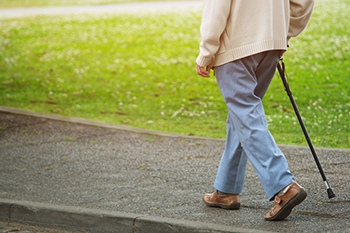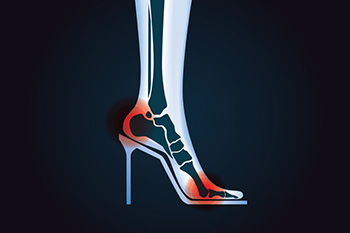
The pandemic may have contributed to the increase in running injuries that have occurred throughout the nation, and this may be a result of gyms that couldn't open. Training may have been compromised, and patients would begin to run on pavement without a proper warm-up or cool-down. Research has shown that it is easier to prevent running injuries than it is to treat them, and this can be accomplished in several ways. It is beneficial to increase speed and distance gradually, which can prepare the body for running longer distances. Stress fractures are a common injury among people who enjoy running, and many people choose to ignore the aches and pains that are associated with this type of injury. It may be prevented by wearing shoes that fit correctly and resting the body for a day between runs. Additionally, running injuries may be avoided by keeping the body strong through strength training, and high repetitions while lifting lighter weights may be effective in achieving this. If you are interested in pursuing running, it is strongly suggested that you speak with a podiatrist who can guide you toward practicing the right running injury prevention techniques.
All runners should take extra precaution when trying to avoid injury. If you have any concerns about your feet, contact one of our podiatrists of Advanced Foot & Ankle Medical Center . Our doctors will treat your foot and ankle needs.
How to Prevent Running Injuries
There are a lot of mistakes a runner can make prior to a workout that can induce injury. A lot of athletes tend to overstretch before running, instead of saving those workouts for a post-run routine. Deep lunges and hand-to-toe hamstring pulls should be performed after a workout instead of during a warmup. Another common mistake is jumping into an intense routine before your body is physically prepared for it. You should try to ease your way into long-distance running instead of forcing yourself to rush into it.
More Tips for Preventing Injury
- Incorporate Strength Training into Workouts - This will help improve the body’s overall athleticism
- Improve and Maintain Your Flexibility – Stretching everyday will help improve overall performance
- “Warm Up” Before Running and “Cool Down” Afterward – A warm up of 5-10 minutes helps get rid of lactic acid in the muscles and prevents delayed muscle soreness
- Cross-Training is Crucial
- Wear Proper Running Shoes
- Have a Formal Gait Analysis – Poor biomechanics can easily cause injury
If you have any questions, please feel free to contact our office located in Thousand Oaks, CA . We offer the newest diagnostic and treatment technologies for all your foot care needs.





